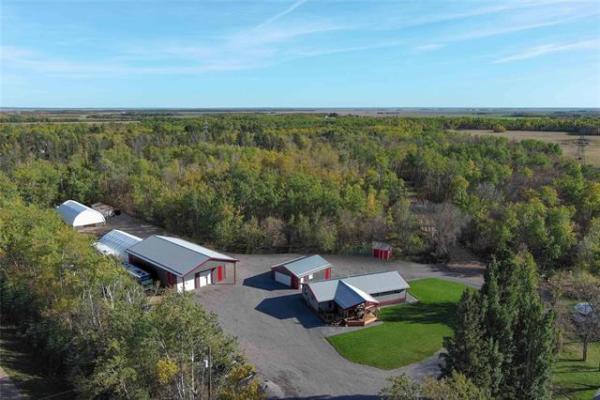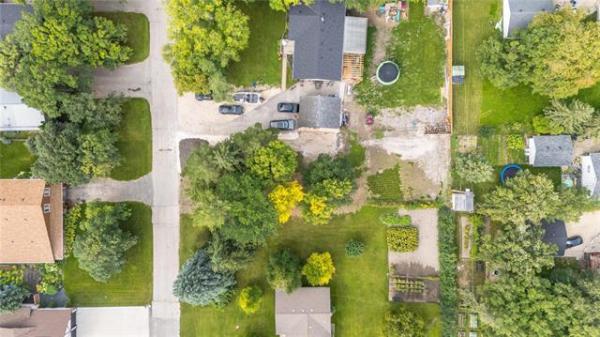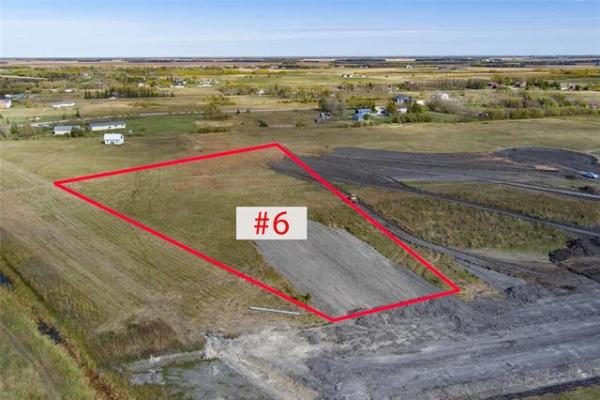QUESTION: I have read a couple of your articles about telepost adjustment, and you seem very knowledgeable on the subject, so I was hoping you could answer a question for me.
I have recently had a custom house built by a builder in the Sarnia, Ont., region. When the teleposts were installed below the 12-inch steel beam, they were not attached to the beam or floor.
The builder insists that they don't need to be attached; after all, that is how he built his house. We're not sure if he is right. We are getting ready to finish the basement, including boxing in these posts. We want to make sure that they are properly attached, if necessary, before we do.
Any information you could provide would be very much appreciated.
Thanks, Sean Patchett, email
ANSWER: Your question, while interesting in its content alone, opens up an issue about the role of home inspectors in new-home construction. I will give you my opinion on the need for securing of steel teleposts to the beams above and also offer other sources that may provide the more definitive answer you desire.
Teleposts are adjustable steel columns that are installed under beams and other floor-structure components in the basements of most homes. They contain a threaded rod near the top of the post that supports a small steel plate under the beam. The rod is threaded to allow for subtle adjustment of the post up or down to compensate for settlement or heaving in the foundation of the home. Access to the threaded rod section is critical, even after you complete your basement finishing, so installing an access panel in the boxes you plan to build around the posts is important.
To elaborate on my earlier comment about the role of home inspectors in new homes, the question of the need to secure the top plate of the teleposts to the underside of the steel beam is not cut and dried. Home inspectors are educated and trained to provide comments and recommendations on issues in our homes that are performance-based. That differs, somewhat, from the role of municipal building inspectors who are more concerned with adherence to building codes. Codes certainly address issues of performance, but not always directly. Various codes may describe proper installation techniques, but are normally technical in nature and often leave specific details up to the interpretation of the individuals involved in the construction process. That list may include architects, designers, engineers, contractors, sub-trades and ultimately the building official in charge of ensuring that the construction practised meets the intent of the codes.
Because so many individuals may be involved in the proper application of codes that allow for some variation in unusual or new situations, a grey area may exist. Your question on the need to secure the top plate to the steel beam is a prime example of this challenging situation in your new home. I am not sure if the building codes specifically require attaching the top plate to the beam, but it is good practice to do so. Unfortunately, if the building plans or architectural drawings for your home do not include a specific detail that shows a required method for securing the posts to the beam, it may not be required by the local building inspector. The plans should have been reviewed by a professional engineer to ensure the structural integrity of the design, and he or she may not have seen fit to require the detail to be identified, leaving that up to the builder's interpretation. The municipality should have reviewed the plan, but may have deferred to the engineer's review that the structural details for securing the post were not necessary to elaborate on in great detail.
While this explanation may seem vague, this complex situation is one of the reasons why so many new homeowners, like you, are dissatisfied with various aspects of their homes. One solution is to consult a home inspector that is independent of either the municipality or the builder for another opinion. That opinion should not be based on interpretation of building codes, which is the building official's job, but whether the performance of the system will require the change. Good building practices suggest that securing the teleposts to the beam by welding or bolting the top plates will prevent the possibility of the posts moving or falling out from under the beam. In reality, this is not very likely to occur after the load of the entire home is placed upon this area, but it can happen. If the foundation, teleposts, or footings heave or settle unevenly, one or more teleposts could become loose and subject to movement.
To properly access the answer to your question, I would consult the local municipal building inspector in Sarnia that was responsible for inspecting your home. That will address the question of whether the builder was truthful in his assessment of the need for securing the plate to the beam. If it is indeed required, then that should be the builder's responsibility to fix. If the building official states that it isn't required, then I suggest you obtain a quote from another contractor to do the repair and then decide if your peace of mind is worth the value of the quote. If you do want another direct opinion, I have two very good friends who are both Registered Home Inspectors and National Certificate Holders in your area and would be happy to provide their contact information to you.
Ari Marantz is the owner of Trained Eye Home Inspection Ltd. and the president of the Canadian Association of Home & Property Inspectors -- Manitoba (www.cahpi.mb.ca). Questions can be emailed or sent to: Ask The Inspector, P.O. Box 69021, #110-2025 Corydon Ave., Winnipeg, MB. R3P 2G9. Ari can be reached at (204) 291-5358 or check out his website at www.trainedeye.ca.
trainedeye@iname.com



